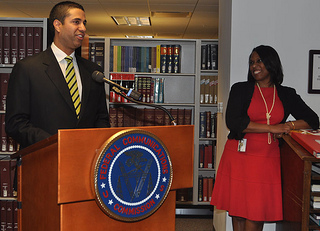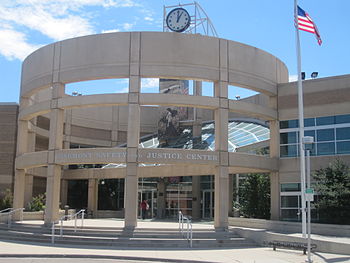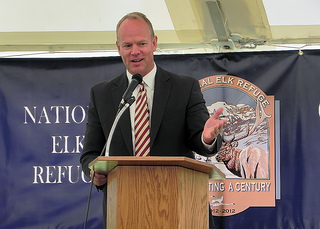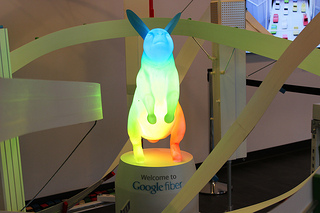How a little knowledge is a dangerous thing especially in the hands of people making investments. There is no question that “The Motley Fool” provides investment advice; therefore, it is in the business of analyzing and editorializing so I’m fine with Tim’s predictions. I’m just going to debunk them as foolish.
Google’s Wi-Fi initiative is complementary to Google Fiber. Their objectives are to increase people coming to Google properties to look at ads and content. We all know that Wi-Fi signals barely cover most homes and that they need a wired network behind them to work. What Google is doing is providing public broadband access to compete against other wireless providers. These little Wi-Fi hotspots will not provide a signal into residential neighborhoods so it is no threat to Google Fiber that has deviated from its initial mission.
Secondly Google is supporting the misinformation campaign of “net neutrality” because it is in its best interest all the while expanding Google Fiber and Wi-Fi to prepare for the era of “walled gardens” should they occur. Providing free power and cooling is a token effort for only those content providers large enough like themselves and Netflix to deploy thousands of servers across the country instead of relying on content delivery companies and managed services.
Is it still net neutrality when a small startup cannot afford to create their own caching appliance to deploy in all of these offices like Netflix and Google? Aren’t these little startups at a disadvantage and a virtual walled garden is created? Hmmm. The content providers, of which Google is one, are merely trying to preserve status quo to maintain their bandwidth costs and keep smaller players out of the game all while trying to appear to be not evil.
I’m not saying Google is evil no more than I’m saying that Comcast is evil. They are just behaving like any market-driven company until they divert from capitalism and use the government to gain a business advantage.
By Tim Beyers
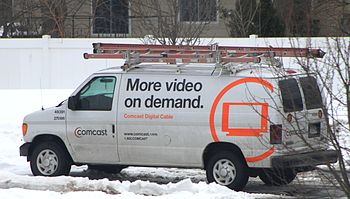
Google Inc. (NASDAQ: GOOGL ) (NASDAQ: GOOG ) may not need to blanket the country with Fiber after all, Fool contributor Tim Beyers says in the following video.
According to a report in The Information (via Android and Me), the search king plans to supply businesses with low-cost Wi-Fi equipment for enabling broadband access at retail locations and the like. A recent deal with Starbucks to power Wi-Fi at its various locations could serve as a template for others.
Continue reading





